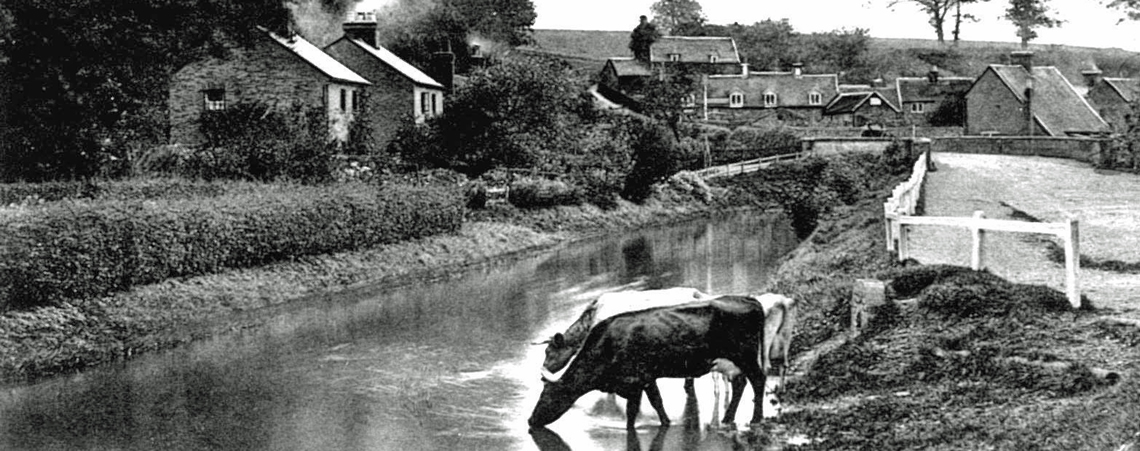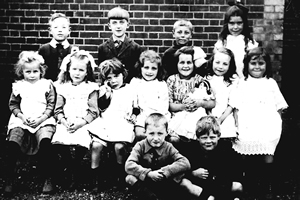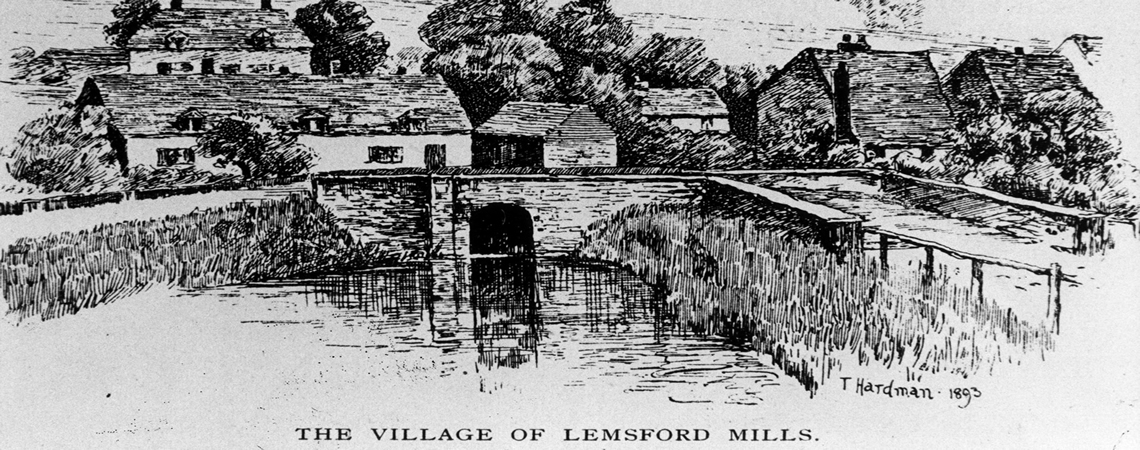Lemsford Local History Group Timeline

Timeline of Lemsford Parish.
The Lemsford Local History Group, formed in 2001, is interested in all aspects of the history and the people of this area - both ancient and modern. We welcome correspondence from anyone who shares this interest.The group archives now include a significant number of photographs and documents, as well as records of baptisms (to 1985), marriages (to 1970), burials (to 2003) and memorial inscriptions (to 2003) from the St John's parish church registers. Records of births, marriages and deaths before the consecration of the church in 1859 will be found in the registers of Bishop's Hatfield parish. The archive also contains admission records for the village school - St. John's Church of England Junior Mixed Infants school - since it was first opened in 1872
Important dates in the history of Lemsford Village
1000AD
The two roads from the village (which ran up to the Great North Road prior to the introduction of the motorway) have existed since about this time.
1200
There has been a mill on the present site since about this time.
1700+
The Laurie painting of the Mill House was made in 1777-1790
1734
The riverside cottages, now one house were built.
1777
The bridge over the river was built replacing the ford. In 1795 it collapsed in a flood and was rebuilt.
1806
Bridge House was built
1833
The Great North Road was re-routed and by-passed Lemsford Village.
1841
John Clare journeyed north along the Great North Road.
1848/50
The railway to Hatfield and beyond now in use.
1859
Newly completed St. John’s church was consecrated and the parish of Lemsford came into being. Chapel built?
1863
The ancient wooden-clad mill collapsed circa 1850 and was re-built.
1872
St. John’s was completed and the first pupils admitted on the 4th March.
1906
The Nurses Home (now Gosmore House) was opened.
1927
The bridge on the Great North Road over the River Lea was renewed and strengthened to take the increasing and heavier traffic. Welwyn by-pass built. Clock roundabout constructed. Hatfield by-pass took traffic away from the Old Town and passed Jack Oldings works.
1962/63
The main drainage and sewerage system included pumping station, was completed.
1964
Several cottages and the chapel were demolished to make room for a car park at the Long and Short Arm PH.
1965
Mill Close was opened.
1966/7
Construction of the A1(M) under way.
1973
A1(M) completed and fully open.
2004
Introduction of ‘humps’ on the village road surface as a traffic calming measure.
I can remember some of the names of my classmates, but not the faces anymore. Guy Scott, Peter Coles, Julie Robb, Mark Lander, John Horsley, Carl Sutterby (we called him “Sutterbox”) and Tom and Matt Baker.

On the 4th May 1872, the first entry in the Head Teacher’s Log Book
On the 4th May 1872, the first entry in the Head Teacher’s Log Book was made by Mrs Mary Seaman, the first Head Teacher. On that day, seventy-seven children, ranging in age from three to thirteen, were enrolled. They were divided into two classes - one being taken by Mrs Seaman and the other by her husband Walter, her assistant. They were all taught in one room, the room now used as the dining room in the oldest part of the school. The school was approved by the Government on the 16th May 1872. To View '100 years of St John's School' Click here


